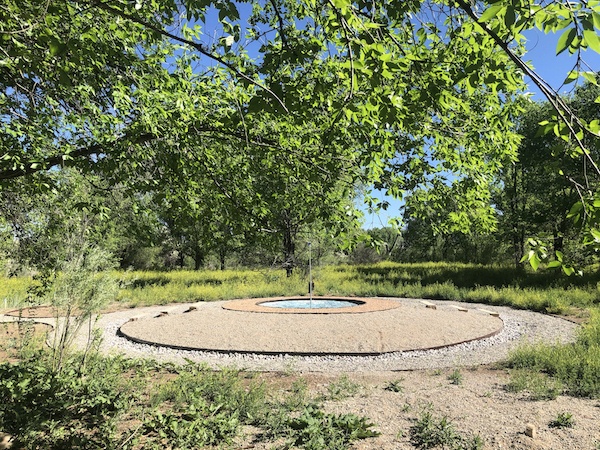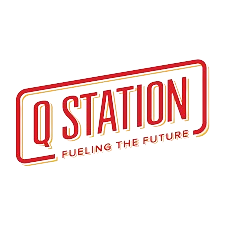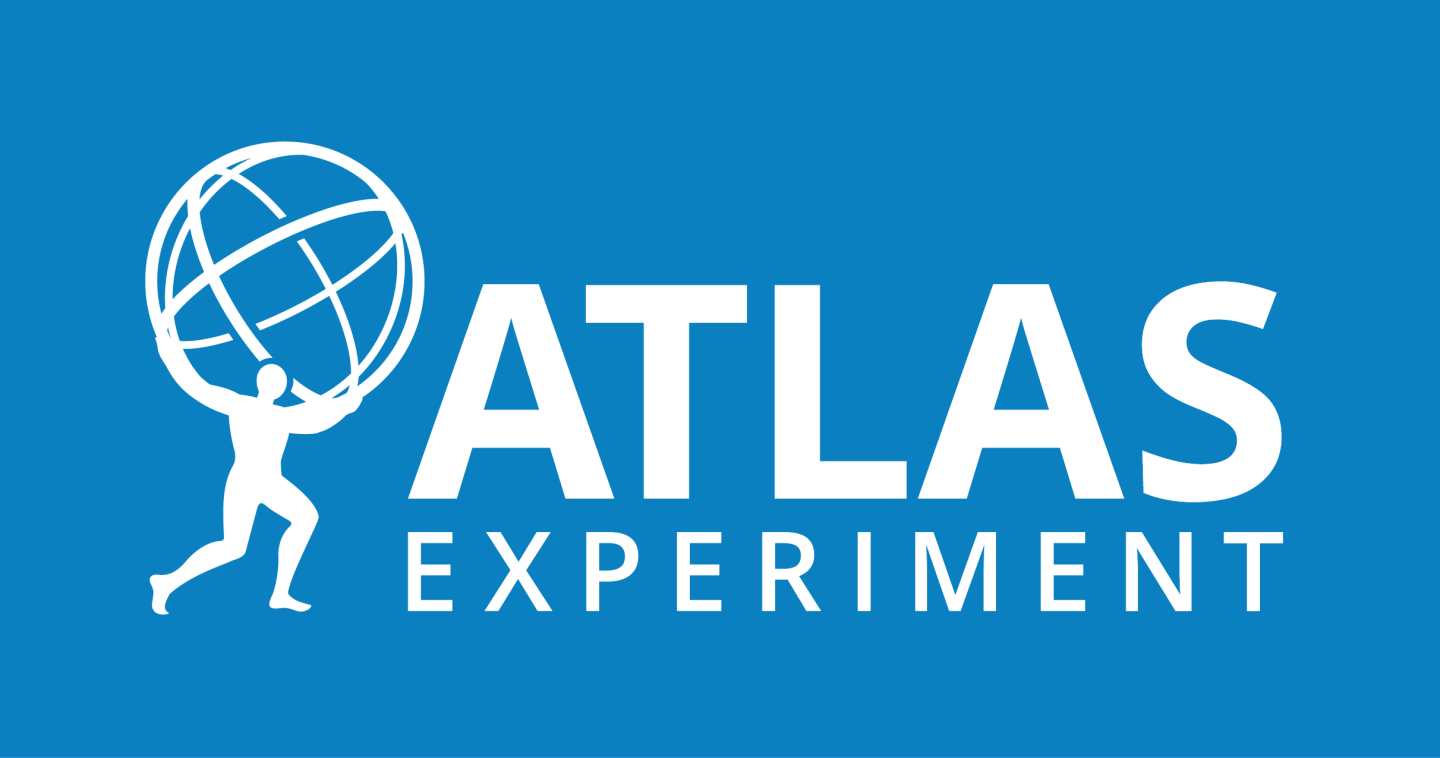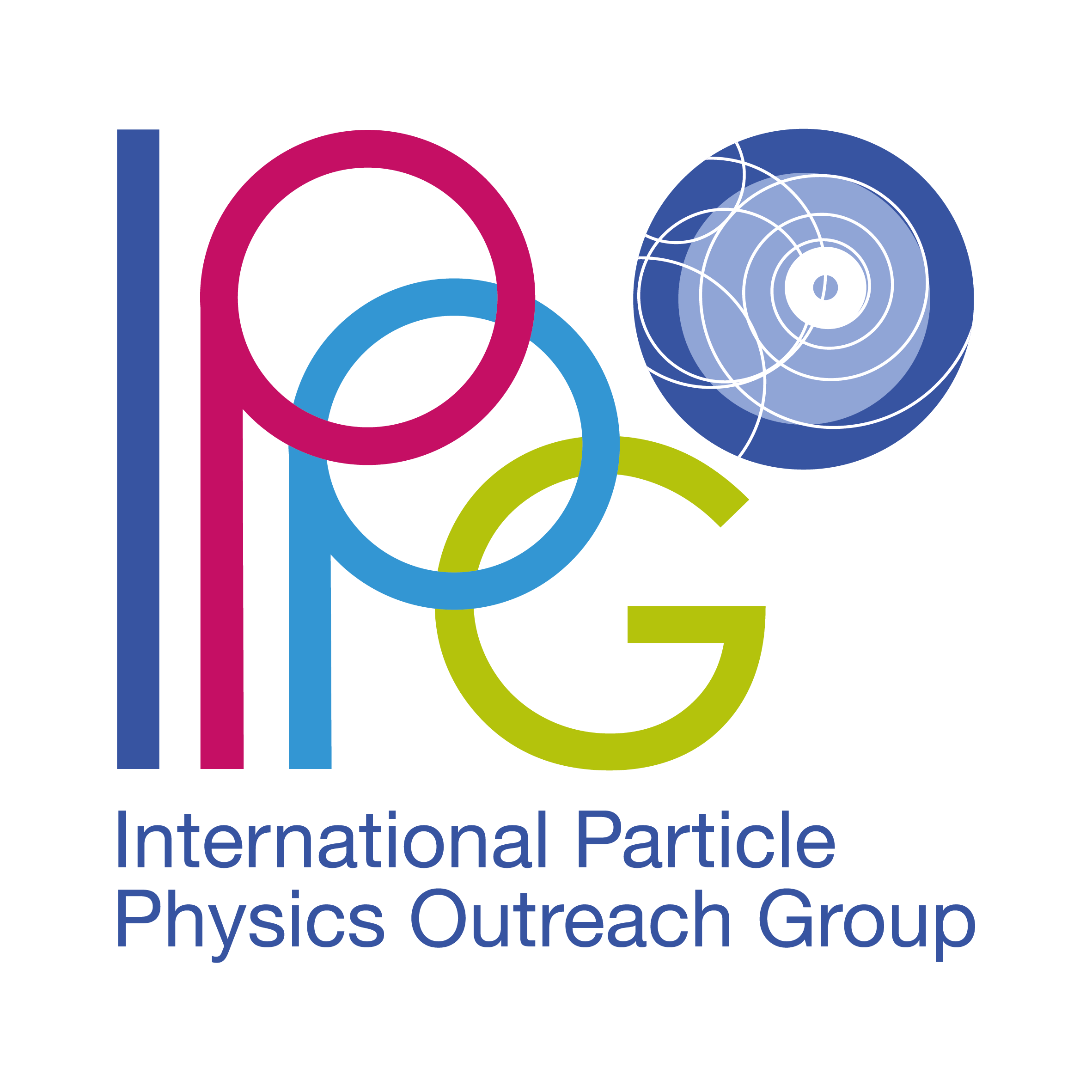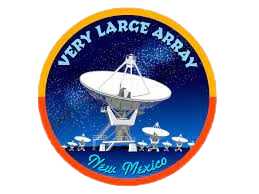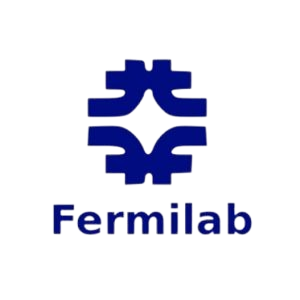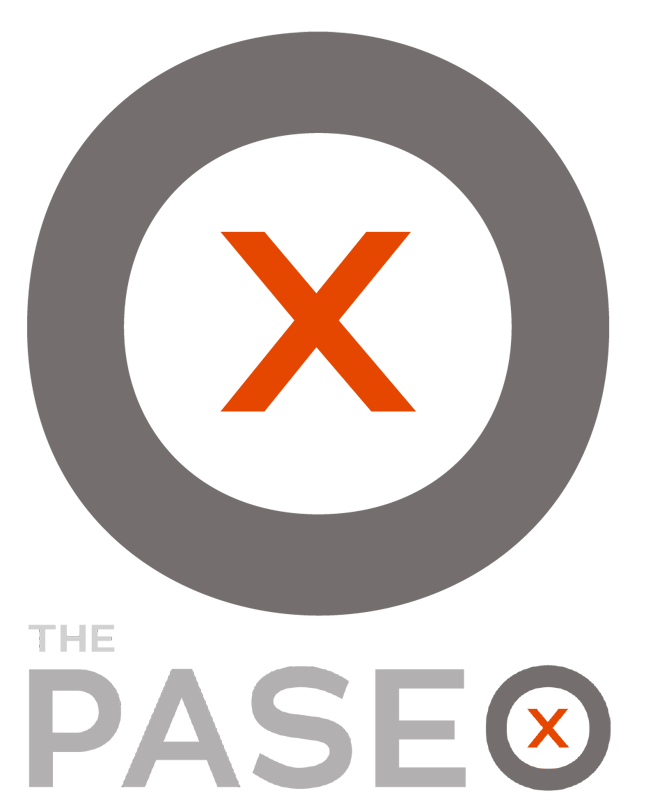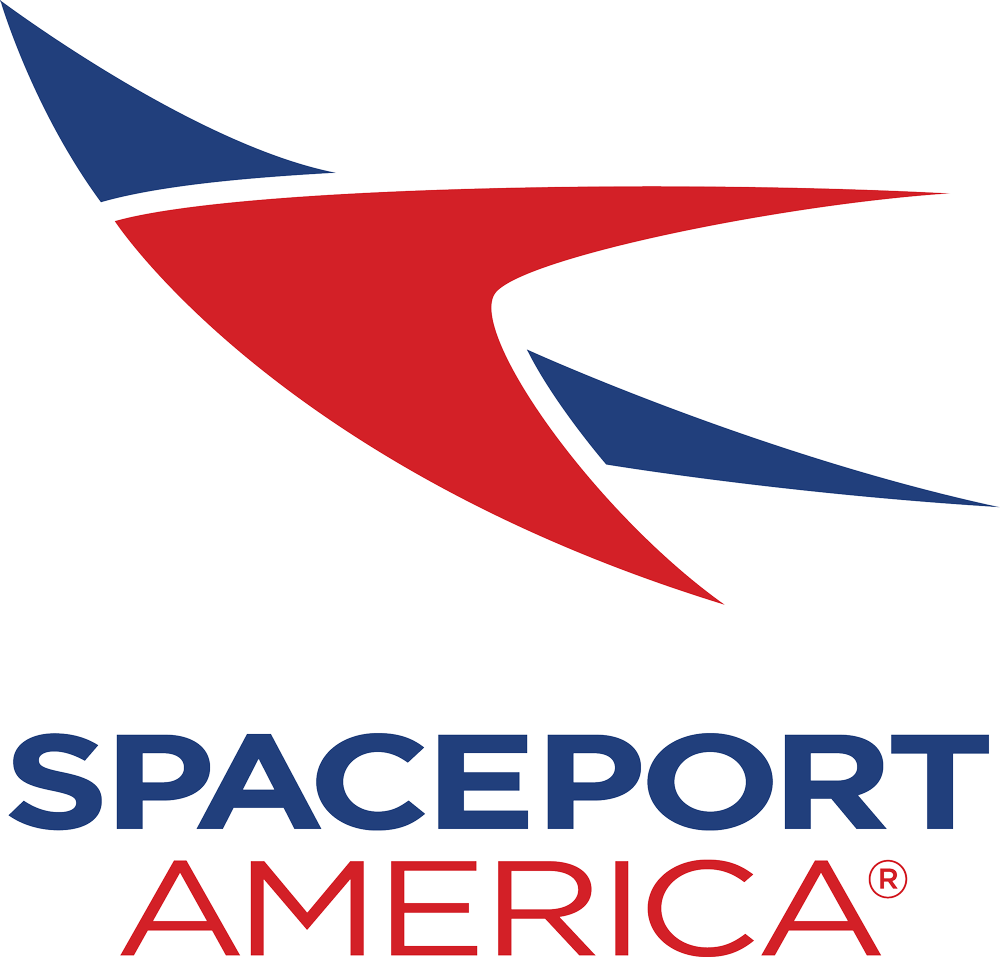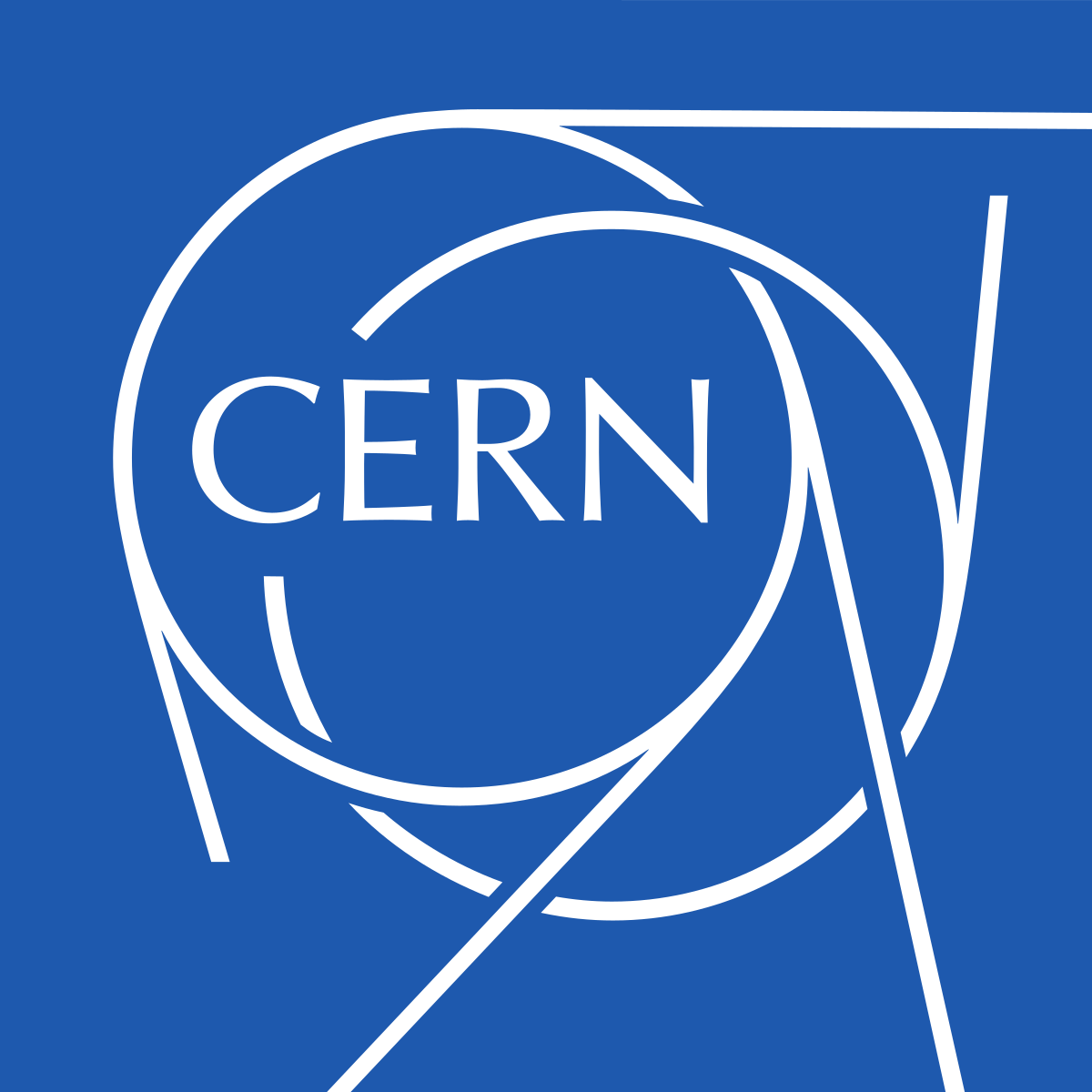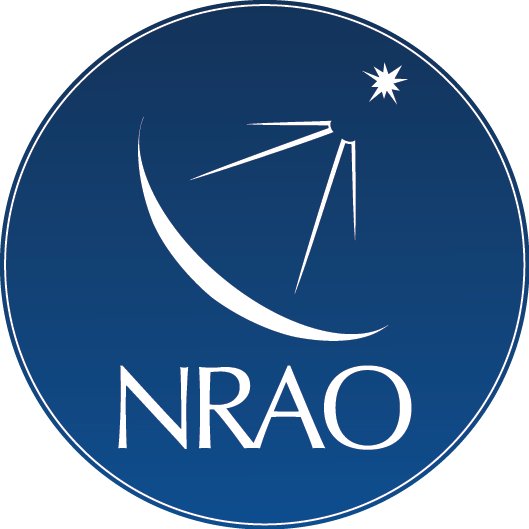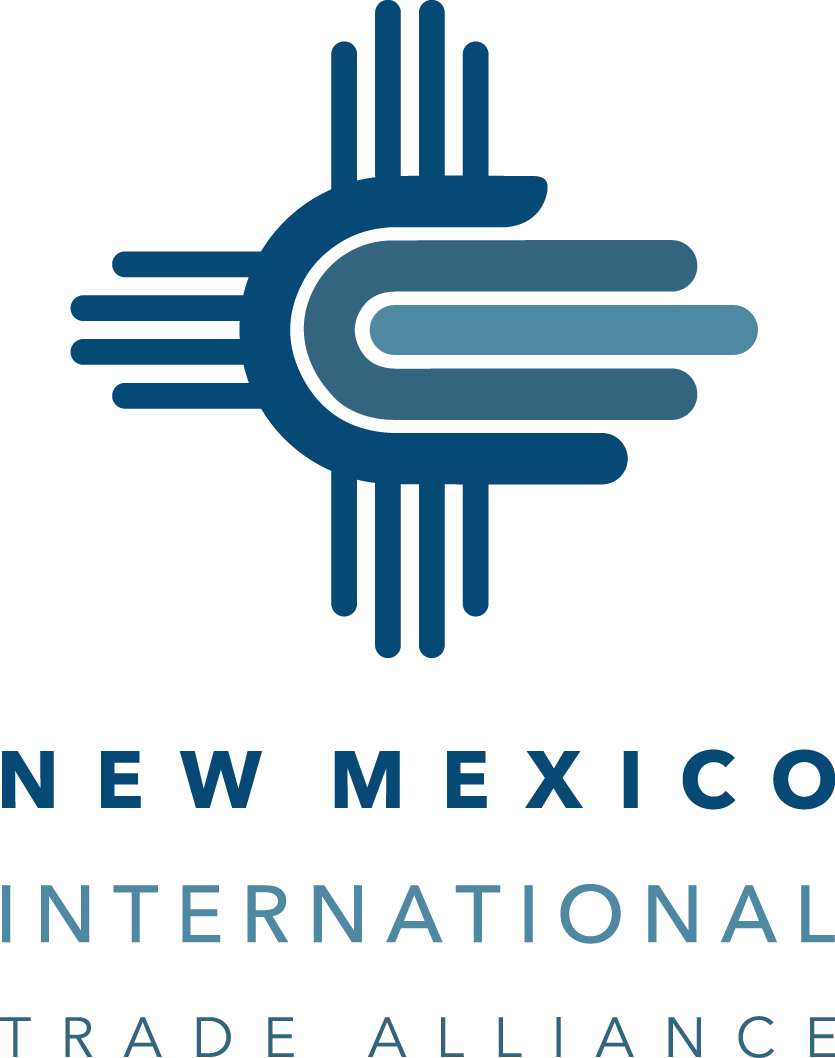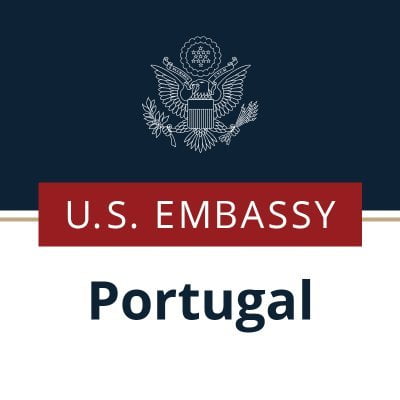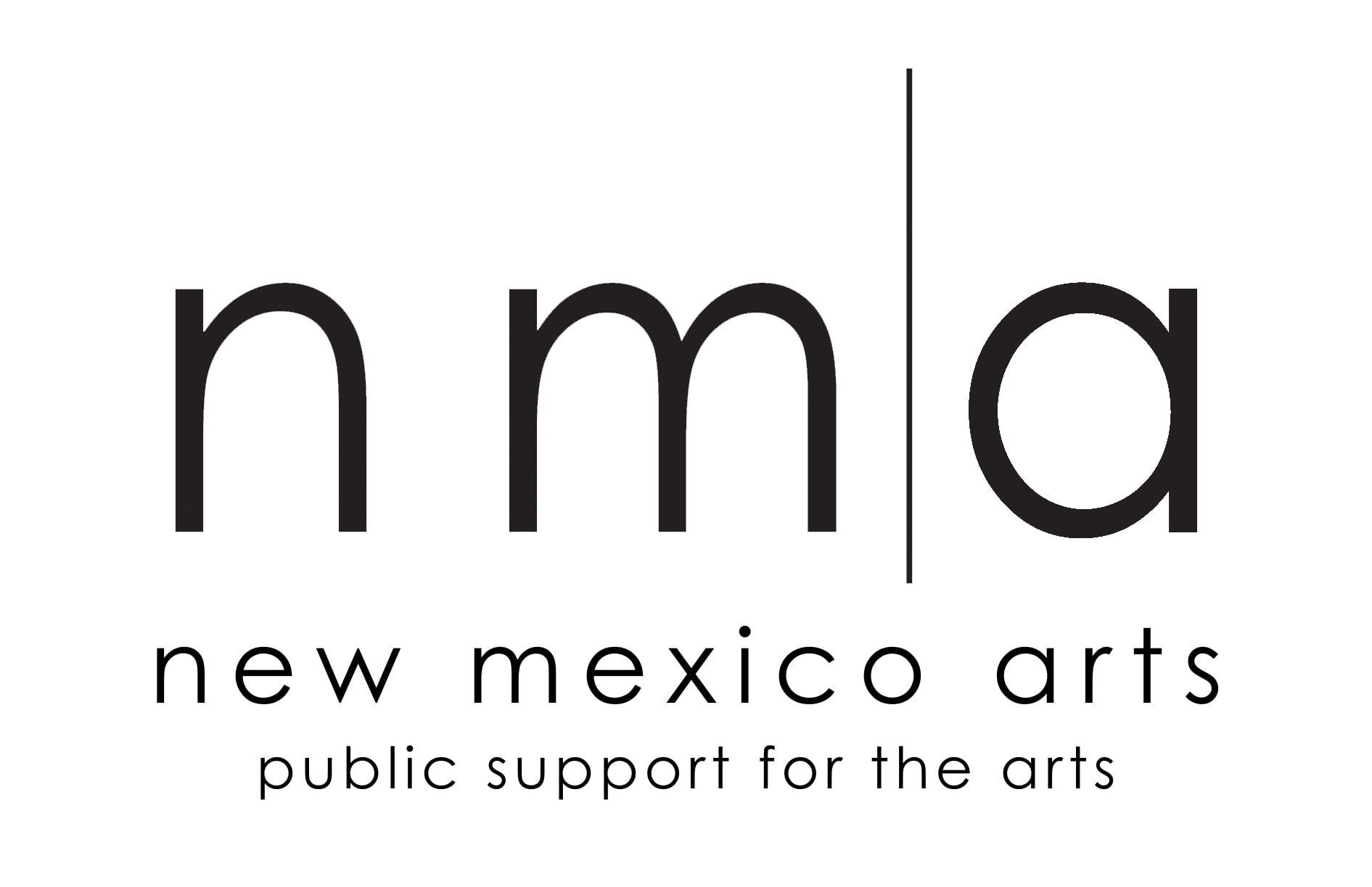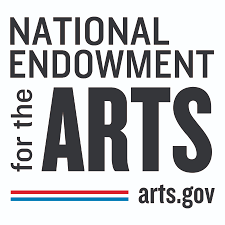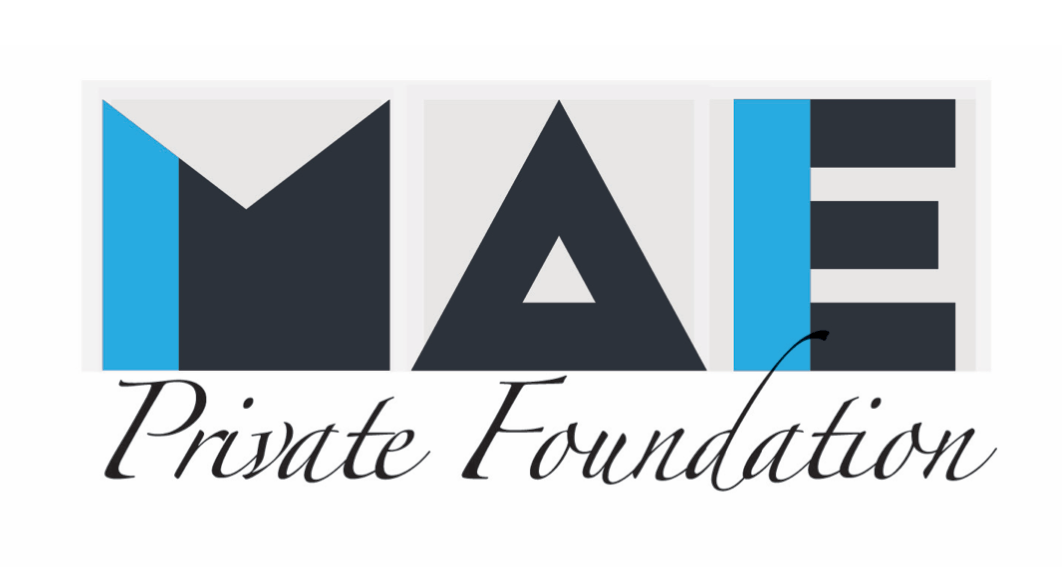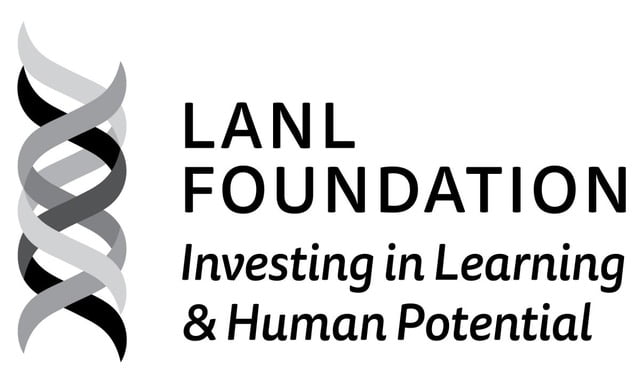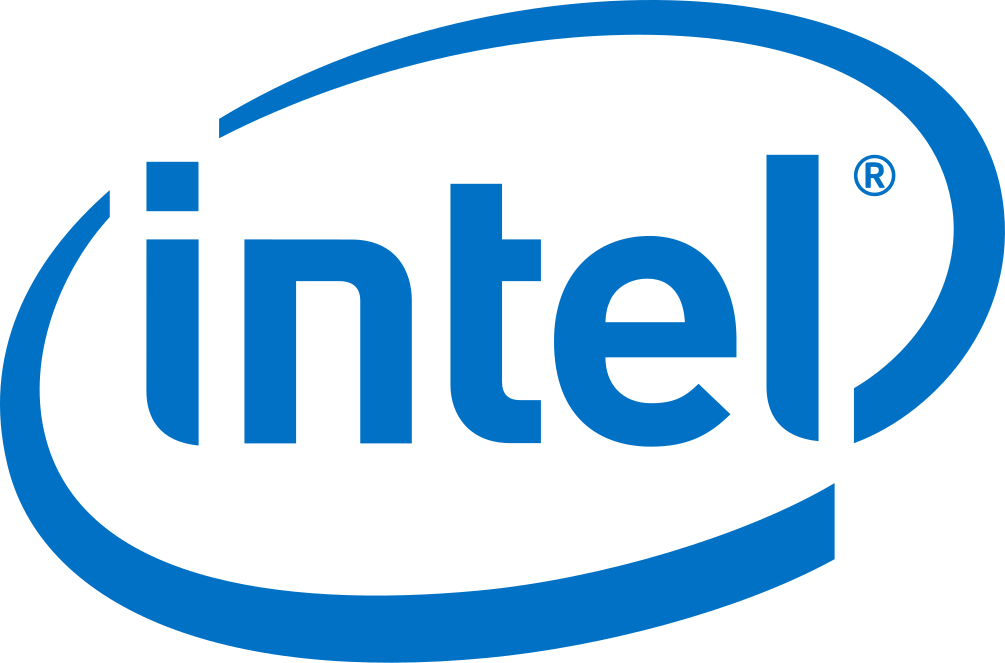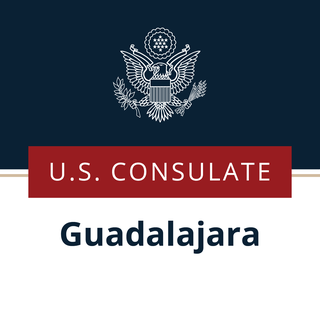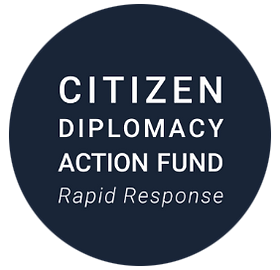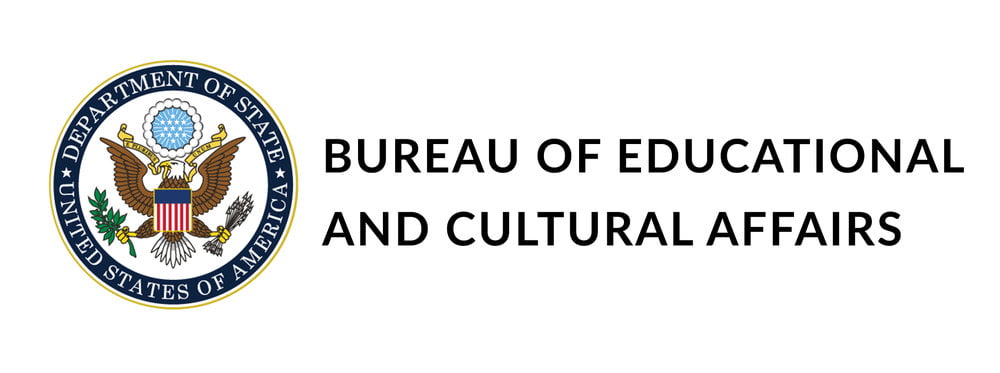STEMarts Lab collaborated with Taos Land Trust in 2019 to design a new program called BioSTEAM@Taos Land Trust which is now live!
The Taos Land Trust is a thirty-year old non-profit that empowers people to protect the land and traditions they love through education, advocacy, and conservation. The TLT is in the process of revitalizing a 20-acres of wetland and agricultural land next to Fred Baca Park. This project will revitalize a section of the Fernando River, bring an acequia back to life, and restore the once-productive agricultural lands of this property. Once finished, the site will provide our community and its visitors with downtown access to the river and green space through a network of trails. The ongoing rehabilitation work will also be used for educational demonstrations of best practices for conservation of soil, water and habitat.
Pollinator Concentrator Project
For our first BioSTEAM project at Taos Land Trust we selected artist, Ana MacArthur, who designed a site-specific interspecies installation called Pollinator Concentrator, reflecting on the impact of local and global pollinator decline and biodiversity loss. The installation is located on Taos Pueblo indigenous land at Rio Fernando Park in Taos, New Mexico. The installation also integrates a bat detector on the land which tracks and visualizes the movement of bats living at the park. Approximately 20 bat species have been identified by bat biologist, Mark Balistreri.
Taos Land Trust staff, led by Ben Wright, collaborated with the artist and the Taos Native Plant Society to design and plant a pollinator garden around the site. They are planning to surround the site with wildflowers to dedicate the area to pollinators.
Mark Goldman’s class at UNM- Taos, Construction Technologies collaborated with the artist to build the parabolic dishes and TLT’s New Mexico Youth Conservation Corps worked hard to prepare the site and helped install the piece Landscape designers, Angelika Heikaus, and Susannah Gelb and many other collaborators came together to make this installation a reality.
STEMarts Lab created a unit on the BioSTEAM Curriculum Tool platform which provides a wealth of teacher resources that revolve around the Pollinator Concentrator installation. The goal is to use the art installation as the springboard for students to delve into the ecological topic of biodiversity loss through sci-art explorations. We also bring together experts from interdisciplinary fields of study and Taos Pueblo cultural specialists to provide diverse perspectives on the topic of biodiversity.
Our hope is that the BioSTEAM@TaosLandTrust project will beautify the park with a site-specific installation and education program that; educates our youth on the restoration work happening at the park as a model for other communities, inspires students to connect to and design with nature, expands understanding of traditional cultural knowledge and the indigenous history of the land, and increases visitation to the park as a place to feel wonder and respect for biodiversity and its impact on local culture, food security and the global health of the planet.
About the artist
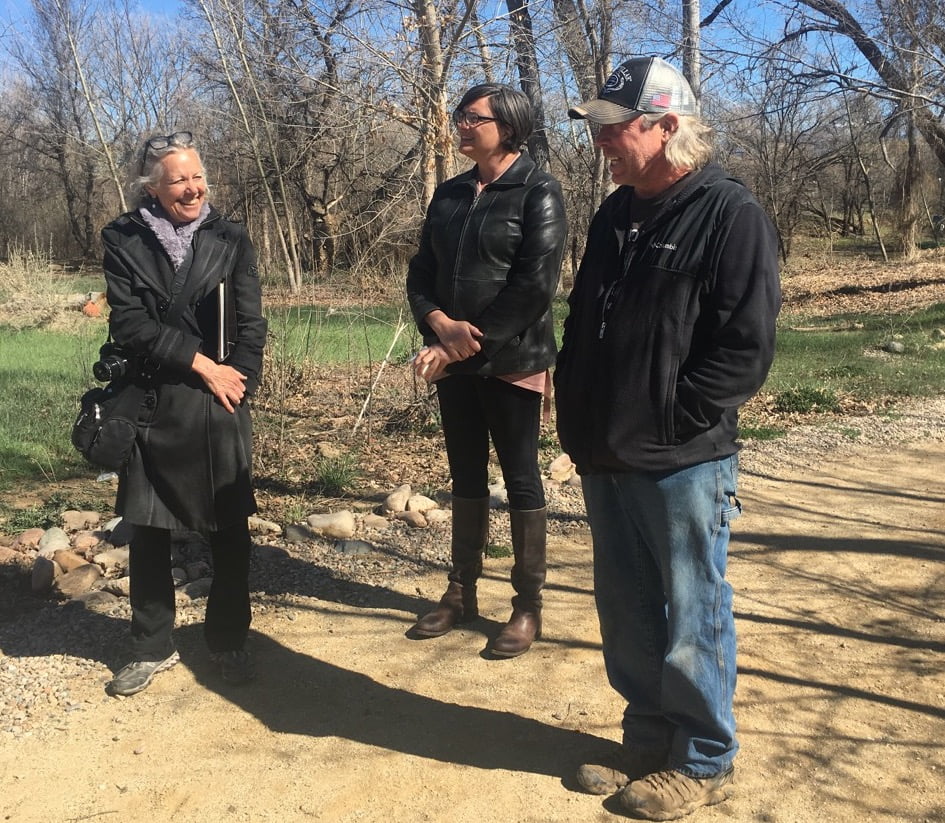
Caption: Ana MacArthur (left) planning the site-specific installation with Taos Land Trust Staff, Juniper Manley and Ben Wright
MacArthur’s trans-disciplinary practice functions as a creative catalyst by excavating nature’s processes and connected metaphors through the specific lens’s of life’s relationship to light, environmental intelligence, and appropriate technology. MacArthur’s history in working with light based technologies, has evolved to installations immersed in the natural world. Ana’s work and unique biomimicry curriculum methodology around the topic of biodiversity and pollinators inspired and informed the Pollinator Concentrator Project. Visit Ana MacArthur website to learn more.
Taos Integrated School of the Arts (TISA) Workshop
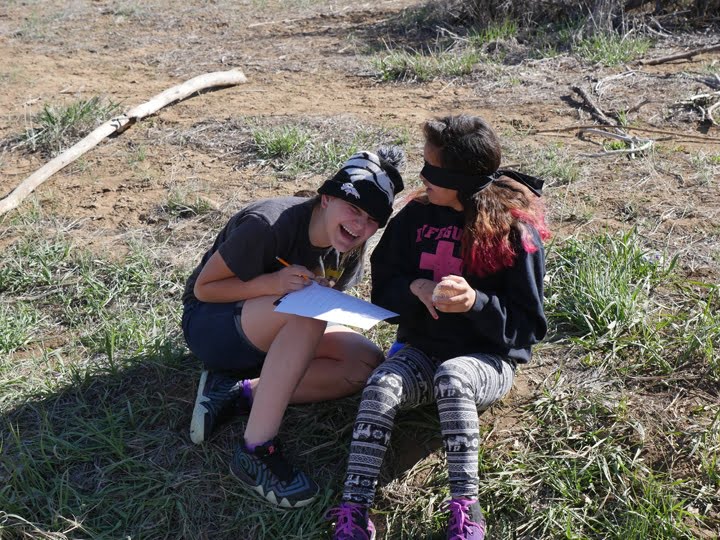
Caption: TISA students at Ana MacArthur’s workshop
A 4-Day immersive Pollinator workshop took place at Taos Integrated School of the Arts (TISA) with our guest artist Ana MacArthur. The workshop focused on the theme of pollinators and took place in the classroom and on the field at the Fernando Park. Through the artist’s unique research and practice with biomimicry, holography and optics, students learned about the importance of pollinators to the health of our ecosystem, how pollinators species are in peril and what we can do to help. They learned how to make and paint alginated mold tiles which is part of the artist’s work.
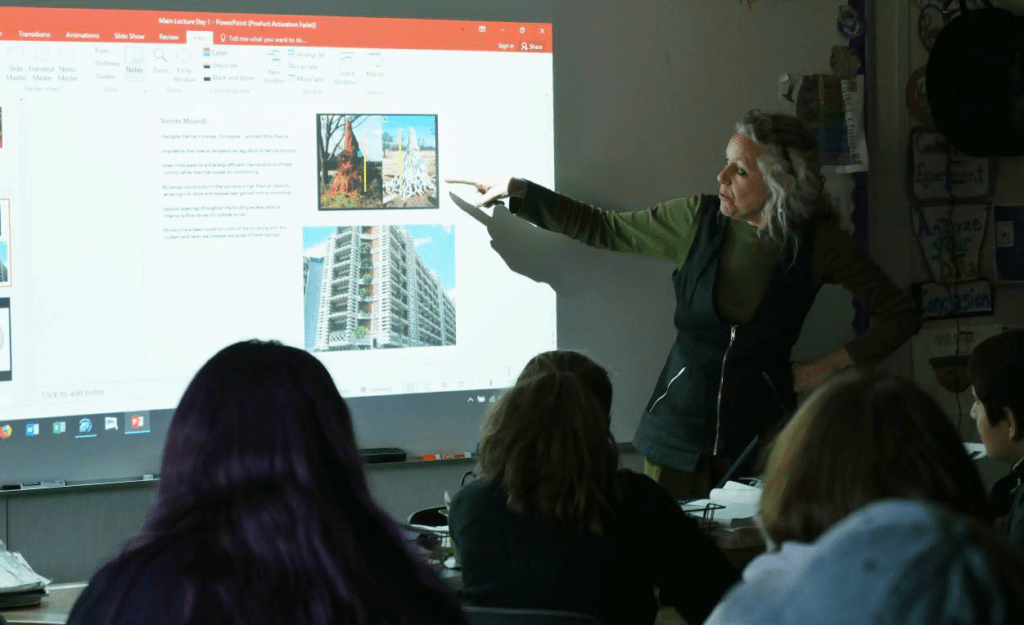
Artist, Ana MacArthur, provides an in-depth presentation on biomimicry with nteractive exercises.
• Biomimicry examples with a few other species indigenous to Taos
• Ecological intelligence – well-adapted/poorly adapted.
• What is unique about your Biome Taos – high altitude desert biomes.
• Local pollinators / what inventions inspired….unique functions?
• Inspiration from forms, functions, ecosystem context of organisms
• How does pollination work in different species bees, butterflies, bats
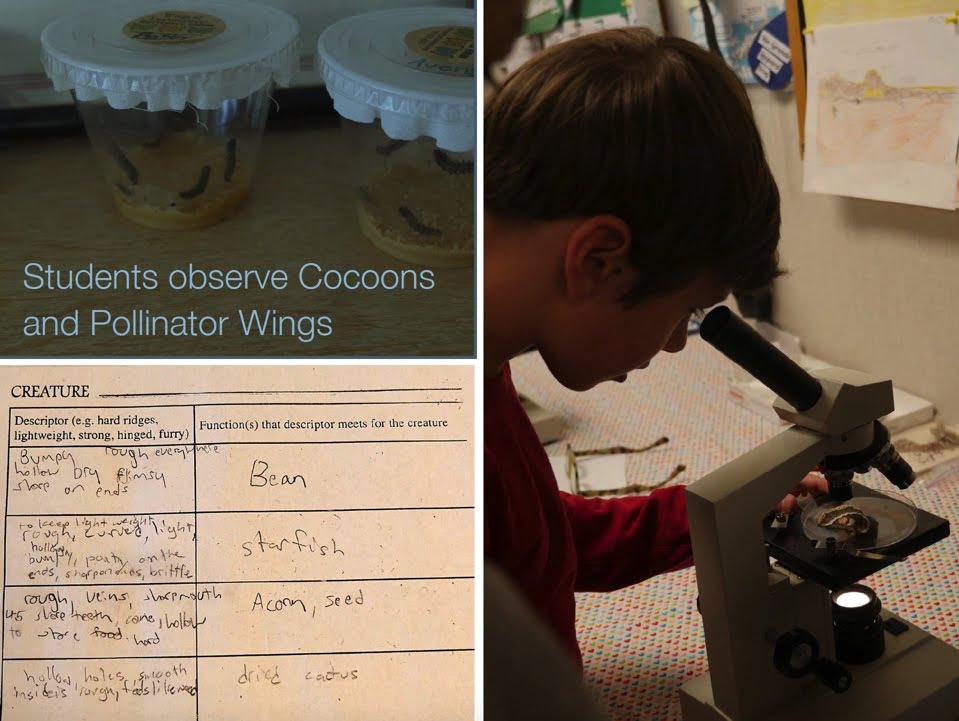
Through observation and discussion are asked to design functional objects inspired by biological and morphological aspects of pollinators. They work in teams to brainstorm and problem solve and then present their findings to the class. Students learn about the way pollinators fly, exchange pollen, collect pollen, and how it relates to the food chain and a healthy ecosystem.

BioSTEAM Curriculum Tool

BioSTEAM Curriculum Tool: Teachers can learn about the Pollinator Concentrator installation at Rio Fernando park through an online platform called the BioSTEAM Curriculum Tool which builds curriculum tools and resources around the installation and the topic explored by the artist; biodiversity loss and pollinator decline. We bring together experts from diverse fields of study and cultural knowledge to provide their unique perspectives on the biodiversity topics to inspire and inform student designs. The project is designed to the Next Generation Science Standards, and the United Nations Sustainable Development Goals. The BioSTEAM Curriculum Tool is a free resource and guide for teachers to develop lesson plans integrating BioSTEAM projects into their curriculum designed for middle and high school students.
BioSTEAM Design Challenge: Teachers from any school can access this curriculum for free and design their own Pollinator-inspired BIO-MACHINE. The site has step-by-step guidelines and resources to make this activity easy to implement, even with distance learning.
INTERviews: Inter-disciplinary and inter-cultural perspectives
The newest feature of the BioSTEAM program is our collaboration with Taos Pueblo cultural experts as curriculum advisors and as participants in video interviews to share their knowledge around the topic of biodiversity and living in balance with nature. The video interviews led by youth leader, Eloragh Espie, TrueKids Taos, also include conversations with the artist, Ben Wright of Taos Land Trust, and more. Check out their powerful and inspiring stories on the video INTERviews page of the BioSTEAM website.
BioSTEAM Professional Development Training
Eighteen teachers (18) from nine Taos County schools participated in a full day Zoom BioSTEAM professional development training hosted by the Taos Municipal School Administration on June 8, 2020. Teachers learned how to use the curriculum tool and how to participate in the BioSTEAM youth program. Kaila Dicky piloted the Pollinator Concentrator project this summer at Upward Bound Math and Science directed by Katie Bryant and all schools will implement the project in the fall.
Students, families and teachers from Taos County and beyond can visit the Rio Fernando Park to engage with this unique sci-art installation coupled with the online BioSTEAM curriculum tool for an immersion into nature through the lens of art and science.
Our Sponsors
Special thank you to our sponsors: Fasken Foundation, LANL Foundation, Janet and John Mockovciak, Taos Community Foundation, Andrea Szekeres, and Tom Greenbaum for making this project possible.

